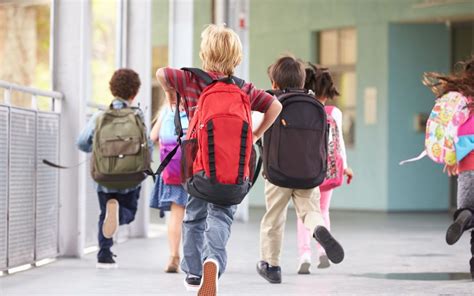The current approach to handling active shooter incidents in schools predominantly involves lock-down procedures, where students and staff are instructed to hide and barricade themselves within classrooms. While this strategy aims to keep individuals out of the shooter’s line of sight, emerging data and real-world case studies suggest that lockdowns can be counterintuitive and potentially increase the risk of casualties. This paper advocates for the adoption of evacuation plans to pre-designated areas outside the school as a more effective response strategy during active shooter events.
The Limitations of Lock-down Procedures
Ineffectiveness in Certain Scenarios
Lock-down procedures are designed to minimize movement and visibility, theoretically keeping individuals safe until law enforcement arrives. However, several incidents reveal that lock-downs can inadvertently trap students and staff in confined spaces, making them easy targets for shooters:
- Sandy Hook Elementary School: During the tragic shooting in 2012, many victims were found in classrooms despite following lock-down protocols. The shooter was able to gain entry to these rooms, resulting in high casualties (Federal Bureau of Investigation) (Wikipedia).
- Marjory Stoneman Douglas High School: In 2018, the shooter moved through the building, shooting into classrooms where students were locked down. The confined spaces made it difficult for students to escape once the shooter breached the doors (USAFacts).
Psychological Impact
Lock-downs can also have severe psychological effects on students and staff. The stress and fear associated with being confined in a small space, potentially within earshot of gunfire, can lead to long-term trauma and anxiety disorders.
The Case for Evacuation Plans
Data Supporting Evacuation
Studies on active shooter incidents indicate that evacuation, when possible, significantly reduces casualties. The FBI’s analysis of active shooter events from 2000 to 2019 shows that individuals who successfully evacuate the premises have higher survival rates compared to those who remain in lock-down (Federal Bureau of Investigation). Evacuation allows for dispersal, making it harder for the shooter to locate and target groups of individuals.
Pre-Designated Evacuation Areas
To maximize the effectiveness of evacuation plans, schools should establish multiple pre-designated safe areas outside the school premises. These areas should be:
- Strategically Located: Chosen based on their distance from the school and the ability to provide cover and concealment.
- Easily Accessible: Paths to these areas should be clear and well-marked, ensuring that students and staff can quickly and safely evacuate.
- Used for Accountability: Designated areas allow for quick headcounts and ensure all individuals are accounted for, facilitating communication with law enforcement and first responders.
Implementation of Evacuation Plans
Training and Drills
Regular training and drills are crucial for the successful implementation of evacuation plans. Schools should:
- Conduct frequent evacuation drills, simulating different scenarios to ensure preparedness.
- Train staff and students on recognizing safe routes and understanding the importance of quickly moving to pre-designated areas.
- Incorporate feedback from these drills to continually refine and improve evacuation procedures.
Collaboration with Law Enforcement
Effective evacuation plans require close collaboration with local law enforcement agencies. Schools should:
- Work with law enforcement to identify and secure evacuation areas.
- Develop communication protocols to ensure swift coordination during an incident.
- Involve law enforcement in drills to simulate realistic response scenarios.
Conclusion
While lock-down procedures have been a staple of active shooter response plans, emerging data and real-world case studies suggest that they may not always be the most effective strategy. Prioritizing evacuation to pre-designated safe areas offers a more proactive approach, potentially reducing casualties and improving overall safety. By reevaluating current policies and implementing comprehensive evacuation plans, schools can better protect their students and staff during these critical incidents.
If you would like a highly qualified professional to come and talk to your school about improving the quality of their Active Shooter Emergency Procedures,
contact us at: J.Malone@southerncross.company
and we can send someone your way.
References
- FBI. (2024). Active Shooter Incidents in the United States in 2023. Retrieved from FBI.gov (Federal Bureau of Investigation).
- USAFacts. (2024). The latest government data on school shootings. Retrieved from USAFacts.org (USAFacts).
- Wikipedia. Gun violence in U.S. schools. Retrieved from Wikipedia (Wikipedia).

